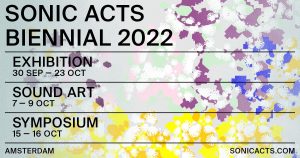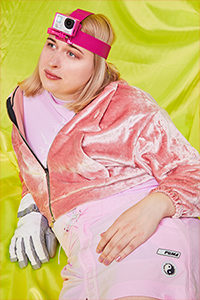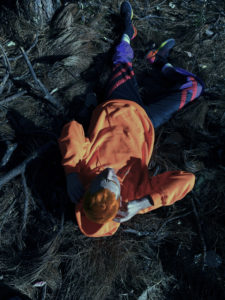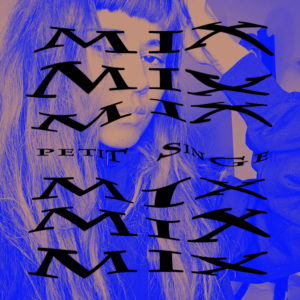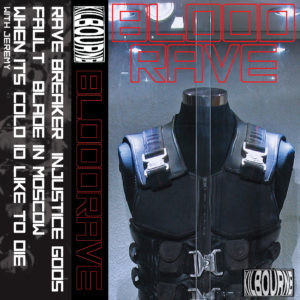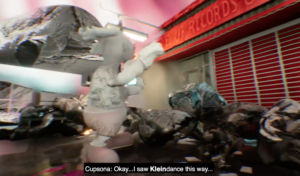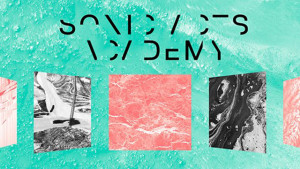“My process is more assembling ideas, be that rhythms or textures and then putting them together live,” writes rkss (aka Robin Buckley) via email about the way she tailors digital sound objects using computer music processes to create something wholly unique and unexpected. “The improvisation comes from the narrative that is constructed from these various parts.” This is an approach that has spanned past releases — including 2016’s Top Charted and 2017’s Brostep in the Style of Florian Hecker — and become crystallised in last year’s DJ Tools, released via Lee Gamble’s relatively new UIQ label.
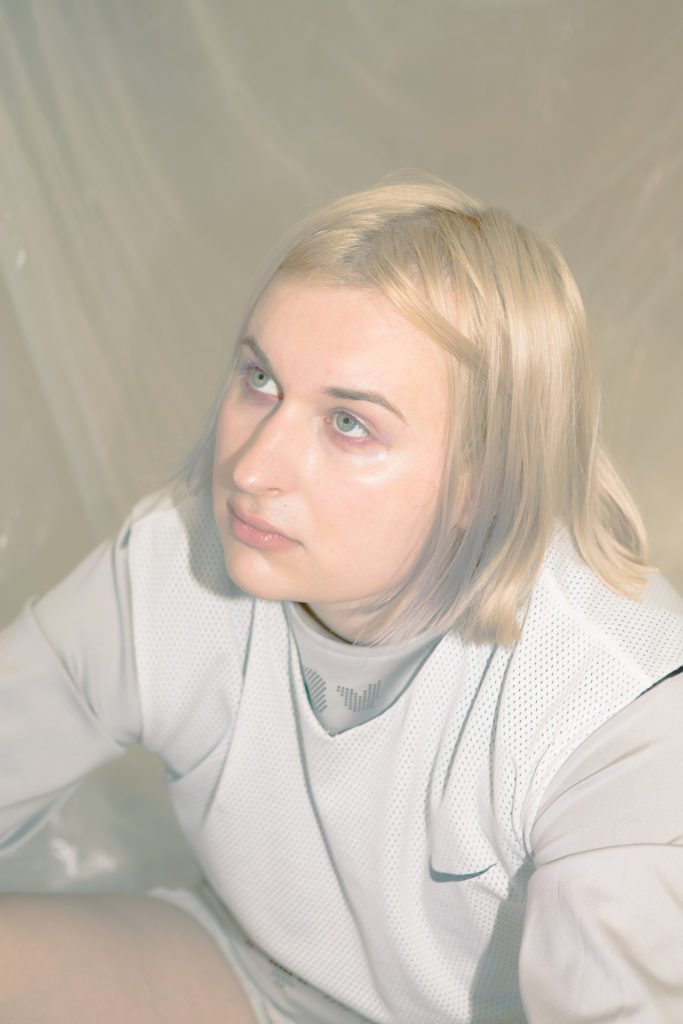
The album features a practical title for its practical mode of music production, which is hijacking and reconfiguring the electronic producer sample pack. With it, Buckley takes the kick drums of ‘EDM Kicks Vol 1’ and manipulates them to contravene their intended use. Instead of producing nine dance floor bangers, she speeds up, slows down and splits apart these beats to create sometimes calming, sometimes eerie sonic worlds. Brittle distortion and aluminous jingles knock up and against each other under the typically functional track title of ‘modern EDM tracks ni such styles as_ electro house, progressive house, bigroom, dutch tracks! Incognet Club essentials Vol. 1 is first’. Crackling and crumbly synth lines scrape over bass-y thumps that tumble and stumble in resonant bundles on ‘house, electro house, club house. Producer by Hyder & Ribo. All the sounds are offered as 24bit WAV files and midi files which are’. They swell up and around its listener.
**I’m interested in how you work with this musique concrète and found sound approach, treating online and digital sound objects in a similar manner to field recording through what you find in samples packs, incidental film audio and YouTube rips, can you tell me more about what draws you to this approach?Robin Buckley: I think it stems from me consuming music that generated new sonic worlds and often times these records were made from non-musical sound sources. The sample was always more fascinating to me as a listener than, for example, the synth. As for these specific ones you mentioned, I think these appealed to me because I didn’t hear them being presented by other people in way that made sense to me, so I wanted to create something with them myself.**You talk a lot about this flattening of musical genres and contexts in terms of a hierarchy of cultural value. This is something that AQNB, myself and perhaps this generation of Gen Y and Z babies, are very interested in. However, we’re also aware of the danger of either legitimising or delegitimising one or the other at the expensive of criticality. Is this something you think about when you work in this way?
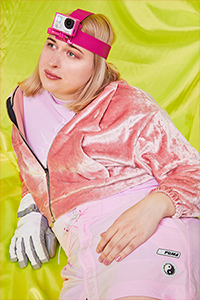
RB: Totally. I think it’s not a question of flattening everything for the sake of being able to do so, but being quite specific about what you are putting together. In general I am working against a standard or a default position that I encounter and by flattening, for example, academic computer music and EDM starter packs, I am trying to open up a specific cultural critique. I mean, as a historical moment, when I am able to load any kind of gif and place it alongside any other in my Instagram story, we are at mass adoption of ‘flattening’ and so it becomes quite important to be able to contextualise what you are doing with your ‘flattening’ 🙂
**A key focus for us at AQNB has been strategies of differentiation and resistance, which is something your ‘Queer Plastics’ project explored via the non-normative possibilities via this malleable synthetic compound. This makes me think about plastic as this fetish object that functions as a symbol, or projection of freedom, while at the same time being this environmentally destructive material. Is this a kind of metaphor for how you work with this diverse range of sonic and cultural influences?
RB: I think that was quite a specific project, exploring the social and material problems of plastic, as explained in Heather Davis’ The Queer Futurity of Plastic (which was presented at a previous edition of Sonic Acts). It’s more a broad musical research on how we are implicated by plastic, and seeking queer futurities as capital pushes us into environmental catastrophe.
**On the point of this flattening, or perhaps in some case privileging of certain categorisations of information, can you tell me something about your ‘Modes of Queer Resistance in Electronic Music Production‘ thesis? This feels like a certain reconfiguration of normative modes of cultural value in the most literal sense.
RB: Of course. The project initially started with me trying to formulate the history of transgender artists in electronic music, but this was way too broad for a BA dissertation! So I start narrowing it down until I ended up looking at two of my favourite artists Terre Thaemlitz and Elysia Crampton and trying to understand their works through the lens of the queer theorists Edelman and Muñoz. To greatly simplify their positions, Edelman argues against any kind of reproductive futurity, whereas Muñoz picks up from this and says holding onto only this is not enough for many queer folks; “the here and now” (Muñoz, 2009, p.1) is simply not good enough for many of us. As far as reconfiguration, at least from what I saw in the field of ‘Sound Art’, neither has been canonised or been given the space they quite obviously deserve.**
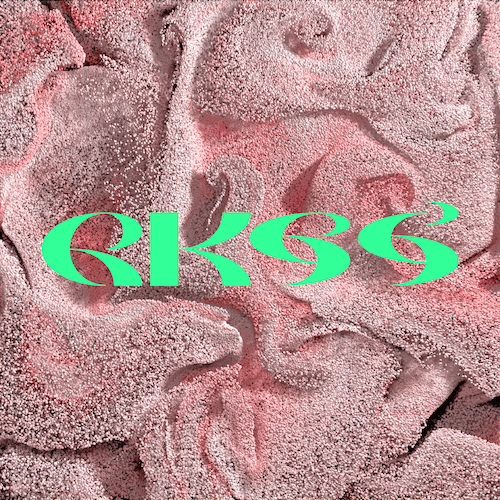
Track Listing:
Is It Cold in the Water? – Sophie [Transgressive Records – 2018]
My Body (feat. Sabrina) – DJ Joker [Self-Released – 2011]
Angel – Lorenzo Senni [Warp Records – 2016]
Symphony (feat. Zara Larsson) (rkss’ sad girl remix) – Clean Bandit [Self-Released – 2019]
Smile – E+E [Self-Released – 2014]
Keep On (Dub Mix) – D-Train [Prelude Records – 1982]
Maternal Toxicity – Anna Sadlon & Robin Buckley [Self-Released – 2018]
Fantasia (Tibia4 version) – Aki Tsuyuko [Moikai – 2000]
Music is Controllable Desire You Can Own/ミュージックは所有することができる制御可能な要望 – DJ Sprinkles [Self-Released – 2008]
Autumn Leaves – Erroll Garner [Columbia – 1956]
Sonic Acts Hereafter festival is on across venues in Amsterdam, running February 21 to 24, 2019.



